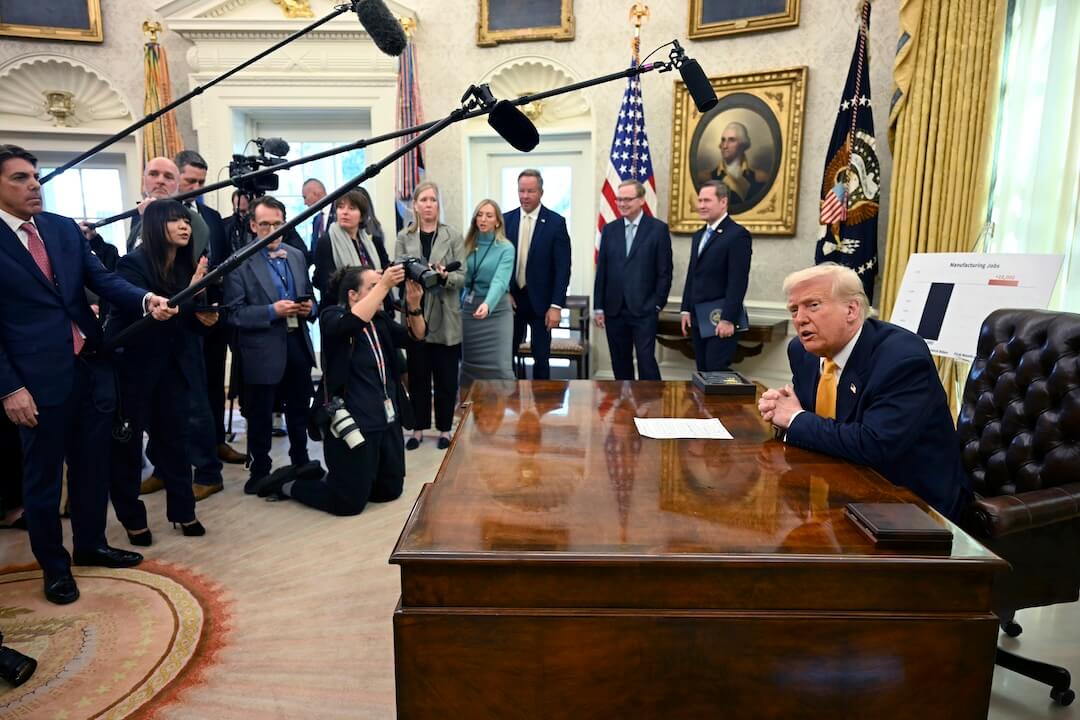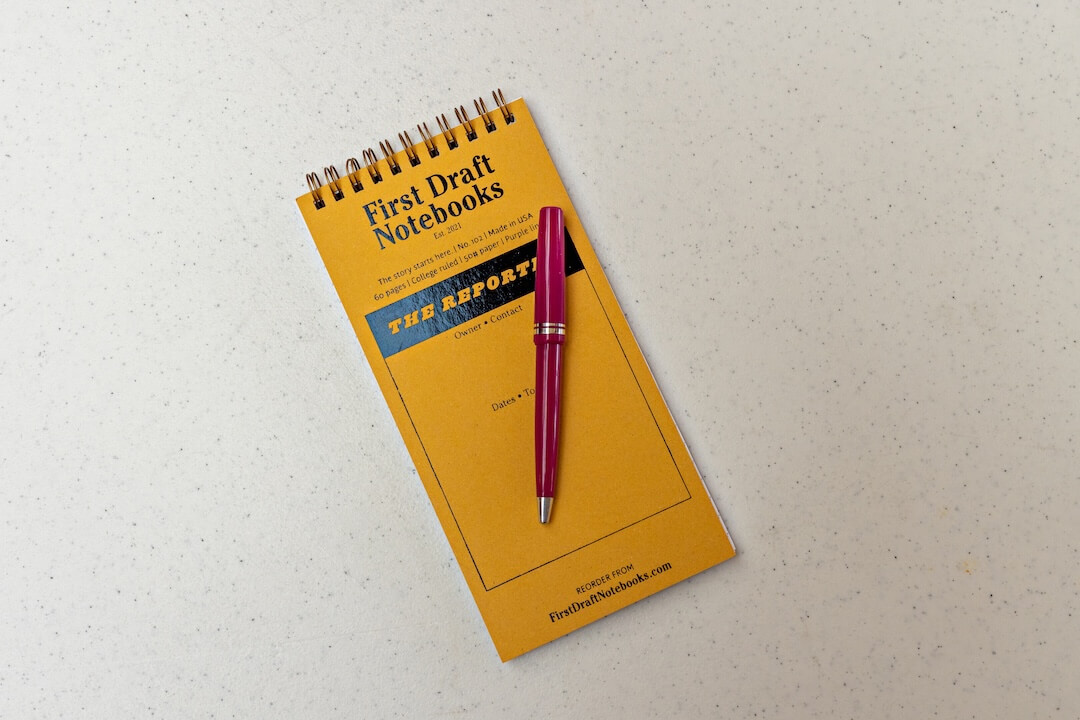Facts matter in all types of writing, especially in news and informational texts. Errors of fact can damage a writer’s credibility and cause embarrassment, and they can irritate readers. Many fact errors are preventable, and that’s where editors come in. Your first step is to identify the potential fact errors in the writing. Here are next steps:
- Find at least two sources to verify information. Use reliable sources and websites.
- Ask the writer for source materials if necessary. Check the text against recordings, documents or notes.
- Trust your gut. If something seems odd to you, check it. Don’t risk letting a mistake slip through.
- Don’t assume. Don’t assume that what is written is correct. Don’t assume that something you think you know is correct. Don’t assume that writers and reporters did the math correctly (check all numbers and perform all calculations). Don’t assume that “facts” repeated from other media are accurate.
- Keep an eye out. Once you find a mistake, you’re not done. There may be another one lurking right behind it. Look over the entire piece with your eagle eye so you are sure to spot all the errors.
Taken from Fundamentals of Editing, a self-directed course by Andy Bechtel, Lisa McLendon and Sue Burzynski Bullard at Poynter NewsU. Here’s our lineup of editing courses and certificates with ACES.
Have you missed a Coffee Break Course? Here’s our complete lineup. Or follow along on Twitter at #coffeebreakcourse.







